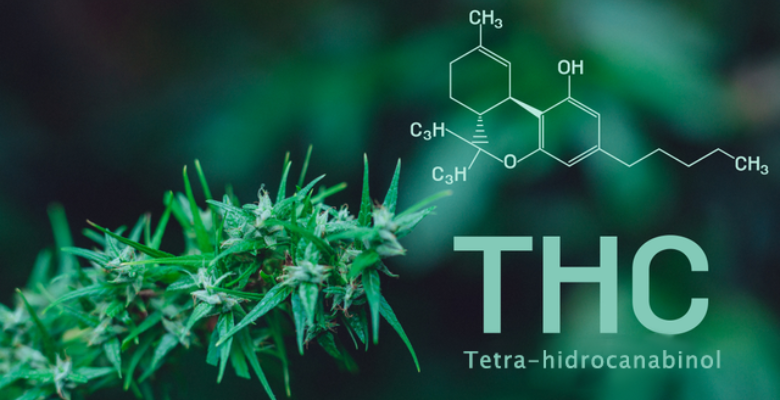Since the scientific discoveries about the endocannabinoid system, the global medical cannabis market is driven by several sectors. Of these, the most impacted are the pharmaceutical industry, clinical testing laboratories, and universities and research centers.
Although the therapeutic properties of cannabis and benefits of the interaction of phytocannabinoids with the endocannabinoid system are not new, it was only in the 1990s that the scientific community consolidated a series of studies attesting to the existence of this system and proving the therapeutic potential of cannabis in treating several diseases, primarily of neurological origin, such as Alzheimer’s disease, Parkinson’s disease, multiple sclerosis, migraine, fibromyalgia, and an autistic spectrum disorder.
Scientific studies on this system are still rarely addressed in medical schools. Therefore, specialized training in the endocannabinoid system and medical cannabis is essential for doctors who wish to pursue this therapeutic practice safely and effectively.
Want to know more about it? Read on and understand the growth prospects for this promising market.
A brief history of medical cannabis in Brazil
The use of cannabis as a therapeutic tool has an ancient origin. In Brazil, the first records date back to colonization, with the literature reporting the use of cannabis for medicinal purposes by both African slaves and aristocratic Portuguese. Queen Carlota Joaquina, for example, frequently used cannabis tea to treat migraines and menstrual cramps.
Brazil had to wait until 2019 for Anvisa (National Health Surveillance Agency) to finally regulate the procedures for the manufacture and commercialization of cannabis-based products in the country.
The participation of patients and patient’s families was paramount in this legalization dialogue with the public authorities. Below, we outline a brief timeline to understand this journey.
- 2014: The Federal Council of Medicine (CFM) authorized the medical prescription of cannabidiol (CBD) to treat epilepsy.
- 2015: Anvisa removed CBD from the list of banned substances and started considering it as a controlled-use medicine, authorizing its importation.
- 2016: Anvisa also authorizes the import of medicinal products based on tetrahydrocannabinol (THC).
- 2017: The first legal importation of the cannabis plant to conduct research in Brazil was performed.
- 2019: Anvisa started requiring only medical prescriptions to release the importation of cannabis-based medicinal products.
- 2020: Anvisa’s RDC 327 of 2019 (Resolution of the Collegiate Board of Directors), which regulates the category of “cannabis-derived products,” came into effect.
Global medical cannabis market growth
Naturally, the regulation of the medicinal use of cannabis boosts the development of industries and increasing the number of health professionals, entrepreneurs, and researchers in this sector.
Currently, the use of cannabis for medicinal purposes is authorized in more than 40 countries, including the United States (US), which for political-economic reasons led the fight against the plant in the previous century.
In 2016, the US invested $6.7 billion into this industry, which is estimated to be around $20 billion by 2021, according to research conducted by the Arcview Market Research Group, referenced in a report by Época Negócios.
In 2018 alone, the global cannabis market handled $12 billion worldwide.
According to a 2019 report surveyed by Prohibition Partners, a British strategy and intelligence agency dedicated to the global cannabis market, this number is expected to jump to $103.9 billion next year.
These figures cover all businesses related to legal cannabis, including recreational, industrial, and medical use, and show how promising this market is in the short, medium, and long term.
Importance of specialized medical cannabis training
With the number of patients benefiting from cannabinoid therapy expected to reach 3.9 million in the next three years, data from New Frontier Data’s 2020 report is very promising from a medicinal perspective.
Some 80,000 cannabis-based products have already been purchased by Brazil since their imports were cleared in 2016.
Although the country’s regional medical councils report the existence of 4,50,000 practicing medical professionals, only 1,100 doctors (0.2%) are prescribing cannabis-based medicines. This is due to misinformation and, above all, the lack of adequate training in the area, based on scientific evidence and successful practices.
Although the numbers show excellent growth prospects in the global medical cannabis market, specialized training in the field is essential to fully exploit the benefits of cannabinoid therapy through assertive, safe, and effective prescriptions.
WeCann Academy aims to assist you in this mission. We connect with experts from all over the world as part of a global community of research and studies on the endocannabinoid system, connecting scientific knowledge and practical experience.
Do you want to take part in this community? Contact us and learn more about it!





